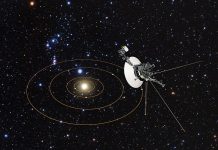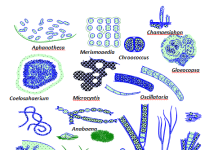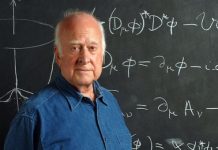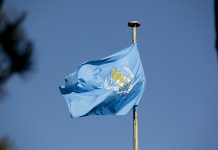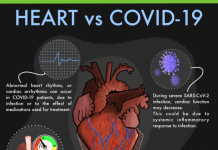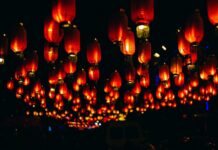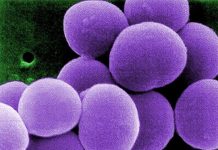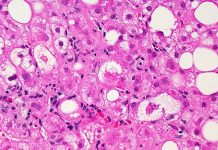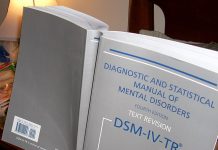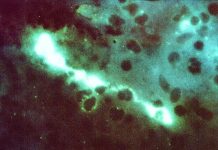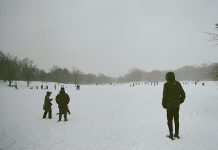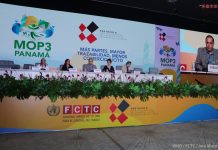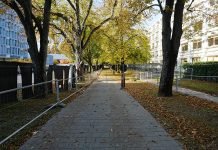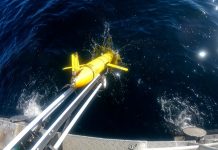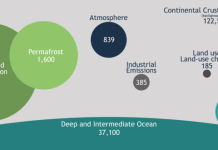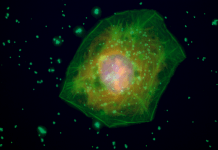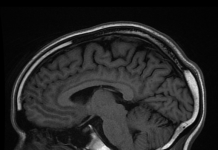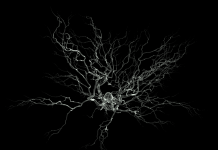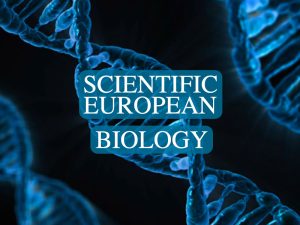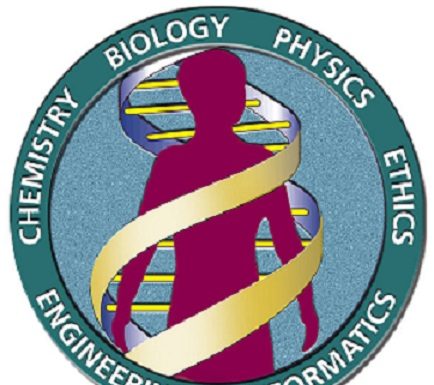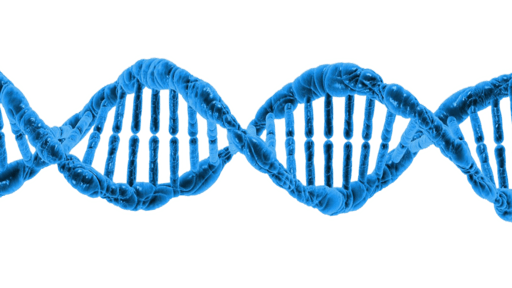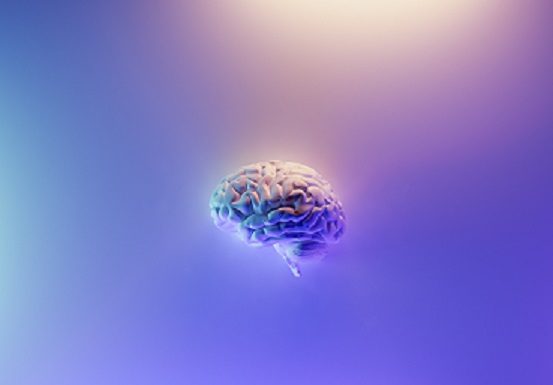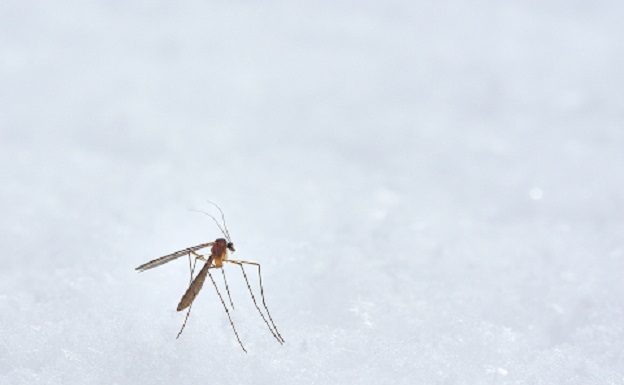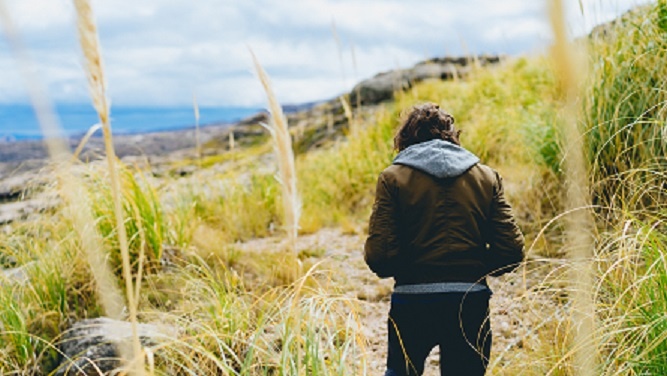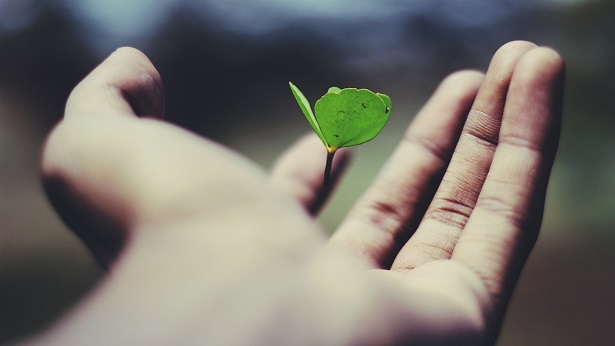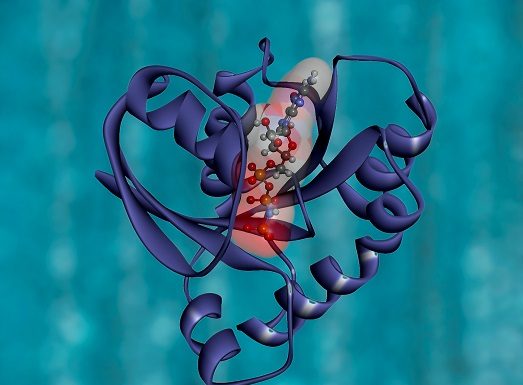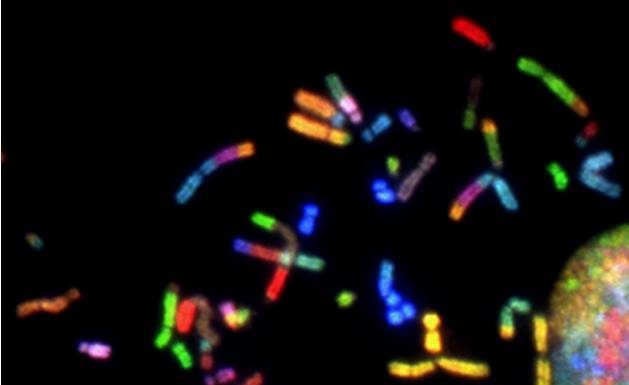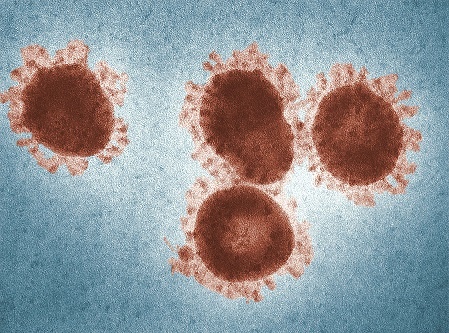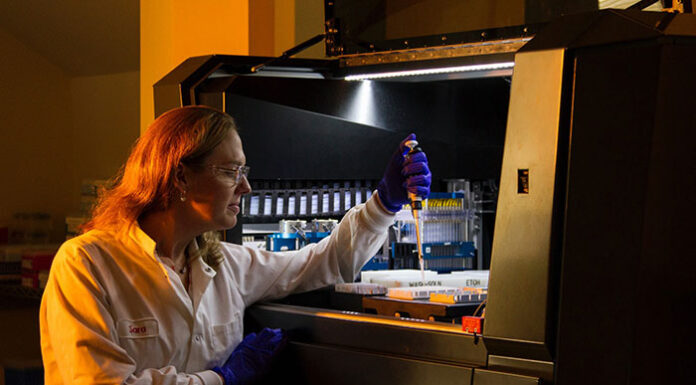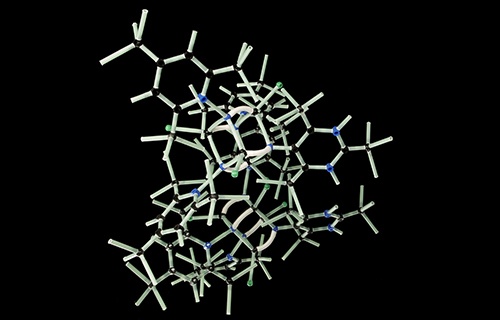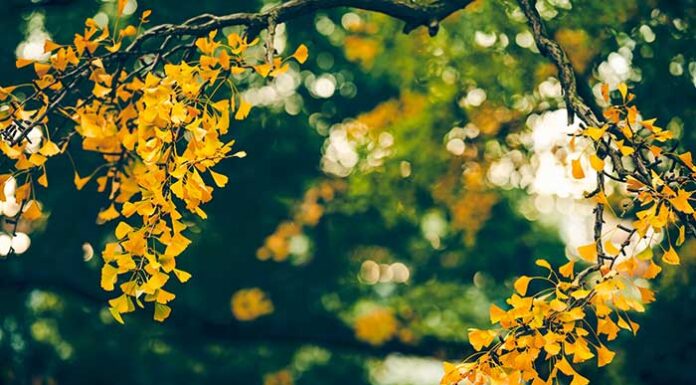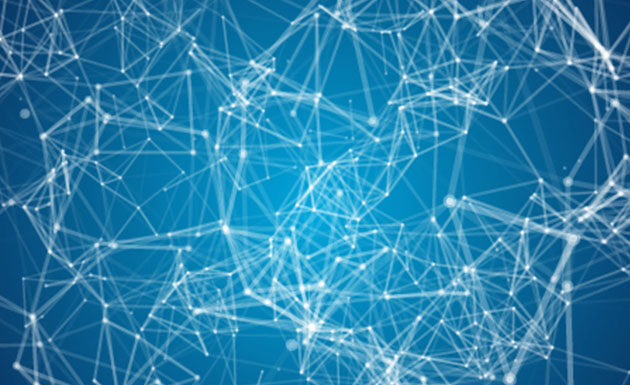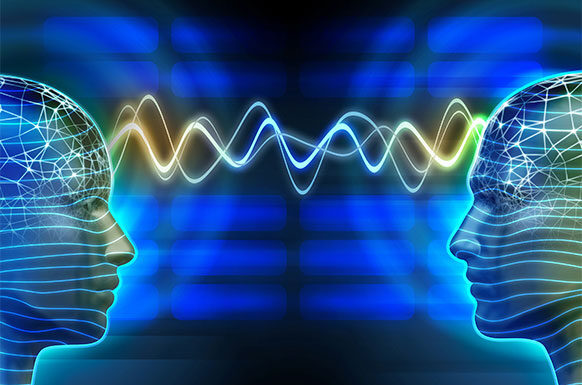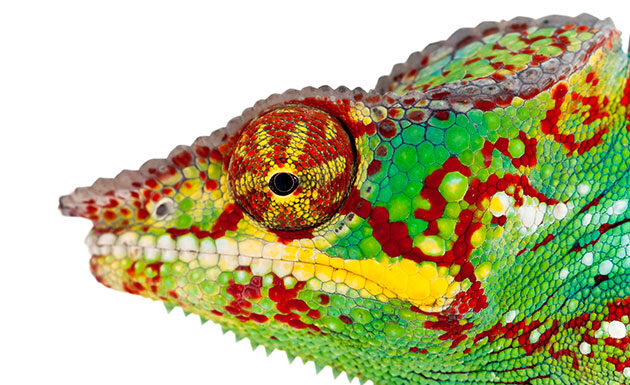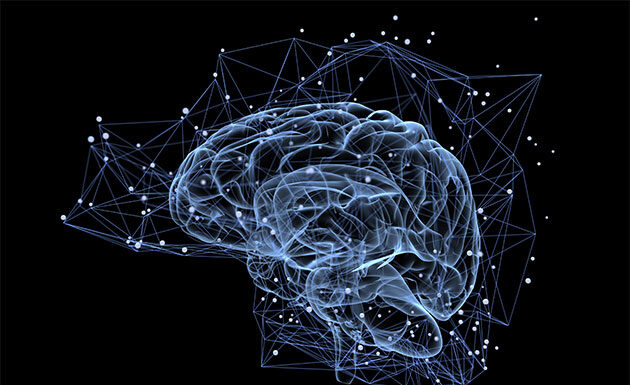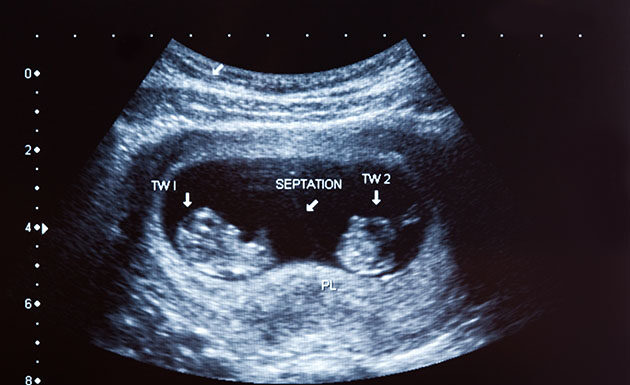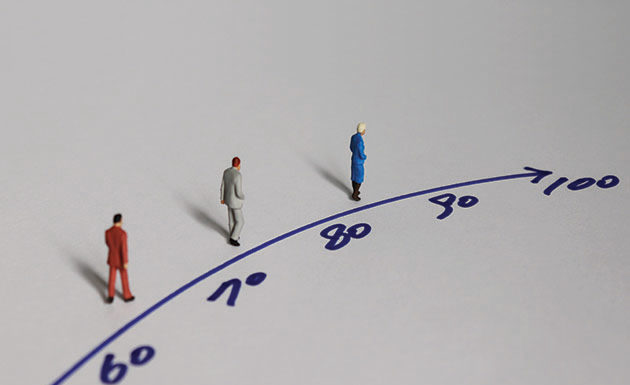The complete human genome sequence of the two X chromosomes and autosomes from the female tissue derived cell line has been completed. This includes the 8% of the genome sequence that was missing in the original draft that was...
A recent 12 week trial comparing a normal carbohydrate-containing diet to the ketogenic diet in Alzheimer's Disease patients discovered that those who underwent a ketogenic diet increased their quality of life and activities of daily living outcomes, whilst also...
A new study reveals that bacterial DNA can be read either forwards or backwards due to the presence of symmetry in their DNA signals1. This finding challenges the existing knowledge about gene transcription, the mechanism by which the genes...
Androgens such as testosterone are generally viewed simplistically as creating aggression, impulsivity and antisocial behaviours. However, androgens influence behaviour in a complex way which includes promoting both pro- and antisocial behaviours, with a behavioural trend to increase social status1....
In a bid to control the mosquito borne diseases, first genetically modified mosquitoes have been released in the United States in the state of Florida after a long arduous wait with respect to push back from people and the...
Nicotine has a vast array of neurophysiological effects, not all of which are negative despite popular opinion of nicotine as a simplistically harmful substance. Nicotine has various pro-cognitive effects and has even been used in transdermal therapy to improve...
Cells with fully artificial synthesized genome were reported first in 2010 from which a minimalistic genome cell was derived that showed abnormal morphology upon cell division. Recent addition of a group of genes to this minimalistic cell restored the...
Brown fat is said to be “good". It is known that it plays an important role in thermogenesis and maintains body temperature when exposed to cold conditions. An increase in amount of BAT and/or its activation has been shown...
Human Proteome Project (HPP) was launched in 2010 after successful completion of Human Genome Project (HGP) to identify, characterise and map human proteome (the entire set of proteins expressed by the human genome). On its tenth anniversary, HPP has...
Deletion of Phf21b gene is known to be associated with cancer and depression. New research now indicates that timely expression of this gene plays a key role in neural stem cell differentiation and brain development
A latest research published in...
Coronaviruses are not new; these are as old as anything in the world and are known to cause common cold among humans for ages. However, its latest variant, the ‘SARS-CoV-2’ currently in news for causing COVID-19 pandemic is new.
Often,...
Protein expression refers to the synthesis of proteins within cells using information contained in the DNA or gene.
Proteins are responsible for all the biochemical reactions that take place within the cell. Hence, it makes it necessary to study protein function in...
‘’The central dogma of molecular biology deals with the detailed residue-by-residue transfer of sequential information from DNA to protein via RNA. It states that such information is unidirectional from DNA to protein and cannot be transferred from protein to...
‘Several questions about origin of life have been answered, but much remains to be studied’’ said Stanley Miller and Harold Urey way back in 1959 after reporting laboratory synthesis of amino acids in primitive earth conditions. Many advances down...
The Human Genome Project revealed that ~1-2% of our genome makes functional proteins while the role of the remaining 98-99% remains enigmatic. Researchers have tried to uncover the mysteries surrounding the same and this article throws light on our...
Gingko trees lives for thousands years by evolving compensatory mechanisms to maintain a balance between growth and ageing.
Ginkgo biloba, a deciduous gymnosperm tree native to China is known commonly as health supplement and as herbal medicine.
It is also known...
Success in mapping the complete neural network of male and female worms is an important progress towards understanding function of the nervous system.
Our nervous system is an intricate connection of nerves and special cells called neurons which transmit signals...
Anorexia nervosa is an extreme eating disorder characterized with significant weight loss. Study on genetic origins of anorexia nervosa has revealed that metabolic differences play an equally important role along with psychological effects in the development of this disease....
Scientists have demonstrated for the first time a multiple-person ‘brain-to-brain’ interface where three persons collaborated to complete a task via direct ‘brain-to-brain’ communication. This interface called BrainNet paves way for direct collaboration between brains for solving a problem.
A brain-to-brain interface in...
For the first time, delivery of genetic material induced heart cells to de-differentiate and proliferate in a large-animal model after myocardial infarction. This led to improvement in heart functions.
According to WHO, around 25 million people worldwide are affected by...
This first case of genetic manipulation in a lizard has created a model organism that could help gain further understanding of reptile evolution and development
CRISPR-Cas9 or simply CRISPR is a unique, fast and inexpensive gene editing tool which enables...
Scientists have revived pigs brain four hours after its death and kept alive outside the body for several hours
Of all organs, brain is most susceptible to continuous supply of blood to meet its immense non- stop requirement of oxygen...
Case study reports first rare semi-identical twins in humans to be identified during pregnancy and only second ever known till now
Identical twins (monozygotic) are conceived when cells from a single egg are fertilized by a single sperm and they...
Study highlights the key genes which can prevent motor function decline as an organism ages, for now in worms
Ageing is a natural and inevitable process for every organism in which there is a decline in function of many different...
Study shows for the first time healthy mouse offspring born from same sex parents – in this case mothers.
The biological aspect of why mammals need two opposite genders to procreate has intrigued researchers for very long. Scientists are trying...


